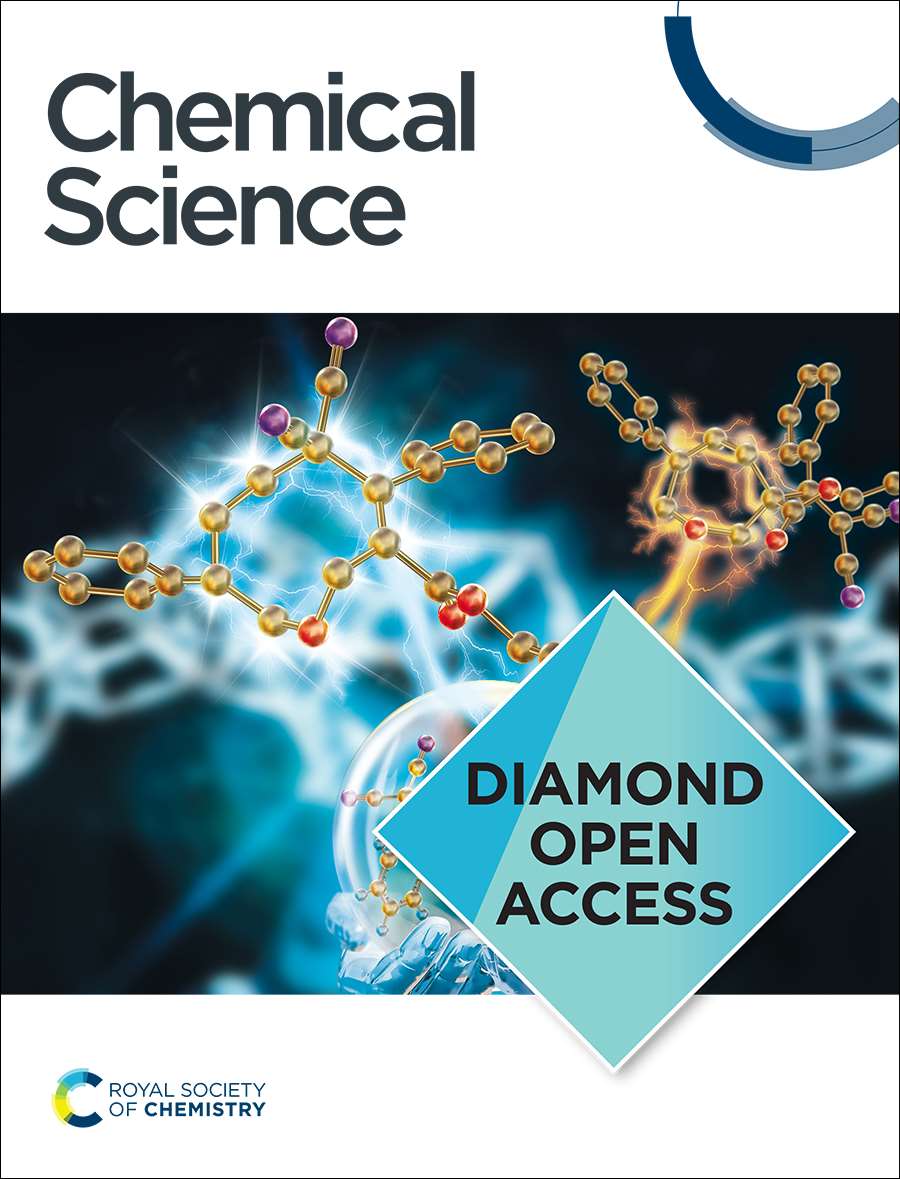Anion Endowed High Dielectric Water-Deficient Interface towards Ultrastable Zn Metal Battery
IF 7.6
1区 化学
Q1 CHEMISTRY, MULTIDISCIPLINARY
引用次数: 0
Abstract
Towards reversible metallic Zn anode for aqueous rechargeable zinc battery, regulating electrolyte-Zn interface serves as the key to address the side reactions on Zn. Besides possessing water-deficiency, design rules for constructing the highly efficient electrochemical interface is still vague. As primary electrolyte constituents, not only the roles of anions on solvation structure are being perceived, but also their influence on electrolyte-Zn interface. Here, the characteristics of representative anions are surveyed across current aqueous zinc electrolytes. The candidate reconciling polarizability, H-bond tuning ability and high solubility, is proposed to construct high dielectric water-deficient electrolyte-Zn interface, regulating the interfacial chemistry on Zn. The anion-dominated electrochemical interface promotes Zn deposition kinetics and achieves uniform Zn deposition with high stability, which further renders the in situ formation of SEI towards highly stable Zn stripping/plating, e.g. at 20 mA cm-2 and 20 mAh cm-2. Further, this built-in interface exhibits its function on stabilizing V2O5 cathode, empowering the V2O5/Zn cell with ultra-stable long-term cycling, e.g. 10000 cycles at 10 A g-1 with a high retention rate of 89.7%. Our design offers insight into guidelines for the development of novel electrolytes towards rationalizing electrochemical interface.求助全文
约1分钟内获得全文
求助全文
来源期刊

Chemical Science
CHEMISTRY, MULTIDISCIPLINARY-
CiteScore
14.40
自引率
4.80%
发文量
1352
审稿时长
2.1 months
期刊介绍:
Chemical Science is a journal that encompasses various disciplines within the chemical sciences. Its scope includes publishing ground-breaking research with significant implications for its respective field, as well as appealing to a wider audience in related areas. To be considered for publication, articles must showcase innovative and original advances in their field of study and be presented in a manner that is understandable to scientists from diverse backgrounds. However, the journal generally does not publish highly specialized research.
 求助内容:
求助内容: 应助结果提醒方式:
应助结果提醒方式:


